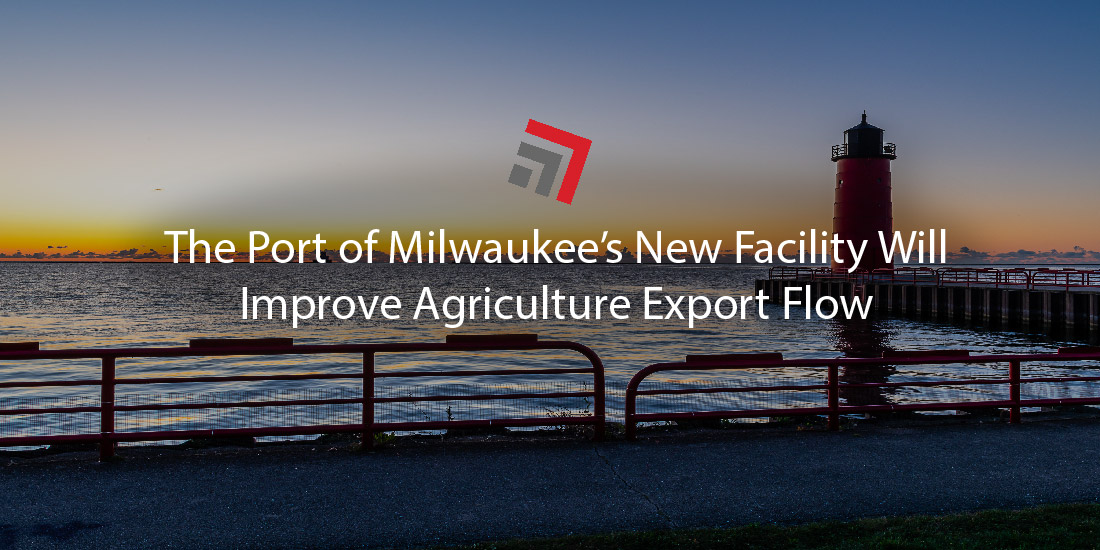Quick question. Do you think Milwaukee residents are as excited about a new agriculture export facility opening in their city as when the Bucks won an NBA title two years back?
Of course, they are! Right?
Slated for operation in May, the Port of Milwaukee’s $40 million DeLong Co. Inc Agricultural Maritime Export Facility will be a hub for transferring regionally grown ag products to overseas markets.
The new facility, being built on nearly four acres along the inner harbor on Jones Island in Milwaukee, is the largest investment the Wisconsin port has made since the 1950s.
New facility will improve Wisconsin’s export flow, economy
The Milwaukee Bucks may have Giannis Antetokounmpo, but the Port of Milwaukee has its director, Jackie Carter. While the latter may not have a downtown mural, Carter has the city’s best interest in mind when it comes to its stake in world commerce.
“[Port of Milwaukee] is an integral link in the Wisconsin economy. In this case, we are connection Wisconsin farmers, growers, and produces with new international markets…this facility at Port Milwaukee is a great addition to the city’s marine commerce,” Port of Milwaukee Director Jackie Carter. Courtesy of Transport Topics.
Thanks to the Great Lakes, Wisconsin’s largest city has direct connection to European markets, the likes of which are thankful recipients of America’s outbound agricultural products.
This shiny new facility will be among a few on the Great Lakes-St. Lawrence River seaway with capabilities to handle ag products multimodally—truck, rail, and ship. Wisconsin-grown soybeans, corn, and grain will be the most popular commodities arriving through the facility.
The export hub will bolster a storage capacity of 45,000 metric tons, or 1.7 million bushels. As a result, the Milwaukee’s outbound volume is expected to shoot up by 400,000 metric tons per year while generating $63 million to Wisconsin’s economy.
Trucking will be a “critical component”
Carter emphasized trucking will be a “critical component” for maximizing the facility’s potential. Obviously, soybeans and grain won’t be carried by the wind, like tumbleweed, from rural Wisconsin. For a successful operation, all seams must be sown from end-to-end.
The commodities will need to be hauled by either truck or rail to the Milwaukee facility. Upon arrival, the loads will be transferred over by rail and truck gravity dump hoppers. These machines are connected to a conveyance system to transport the deposited commodities into a large fabric building.
Final Thoughts
Aside from logistics nerds and transport geeks, Milwaukee’s cheesehead residents are probably more concerned about Aaron Rodgers’ darkness retreats than a new export facility. Be it the case or not, this is a big move that connects America’s Dairyland to faraway markets.
Please contact us if you have any questions regarding this topic or any others in domestic logistics. In addition, stay up to date with weekly headlines from both trucking and rail via our Road Map newsletter.



Recent Comments